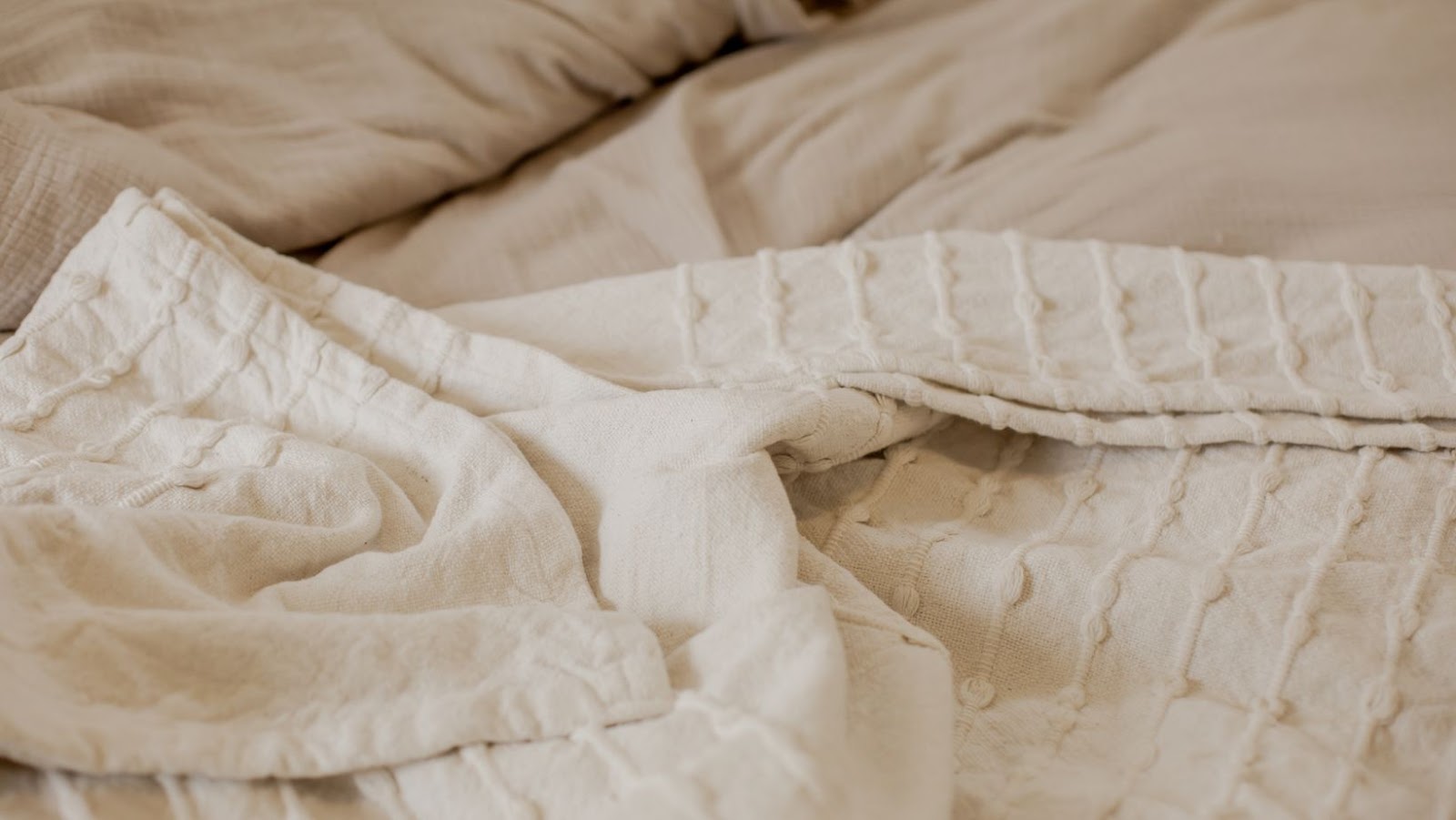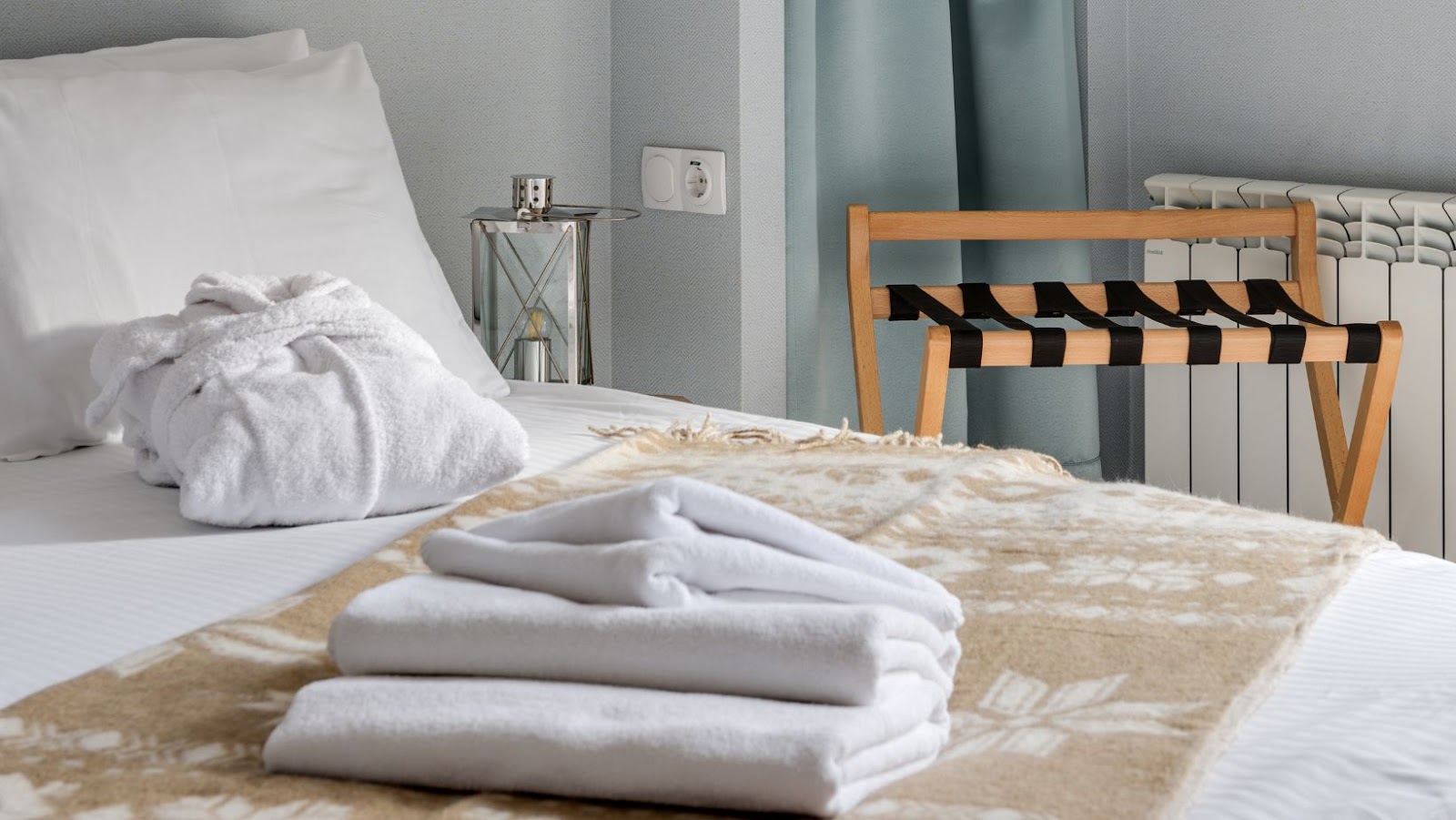
Bed bugs are a common problem for many households, and visual inspection is one of the most effective methods for determining if an infestation exists. If bed bugs have been detected in or around a structure, it is important to inspect all areas where they may be present. Visual inspections can help identify areas that need treatment and provide information about the severity of the infestation. This article will discuss the importance of performing regular visual inspections for bed bug identification, as well as how to properly perform these inspections.
The first step in any successful management program against bed bugs is accurate detection. Because of their small size and cryptic behavior, early detection can be difficult to achieve without proper training. When inspecting bed bugs, special attention should be paid to cracks and crevices near beds, furniture, walls, baseboards, and other places where they congregate. It is also essential to examine mattresses, box springs, upholstered furniture, and other possible harborage sites carefully with a bright light source such as a flashlight or headlamp.
Signs of an Infestation
Identifying signs of a bed bug infestation is essential for successful eradication. Although adult bed bugs are visible to the naked eye, their eggs and nymphs may require magnification to be seen. The most common signs of an infestation include blood spots on mattresses or sheets as well as dark fecal matter and shed exoskeletons.
Bed bugs prefer to hide in cracks and crevices, especially near areas where people sleep, such as headboards, mattresses, box springs, furniture, and baseboards. Bites may appear on exposed skin, but they are not always present despite an active infestation due to individual reactions to bites. Bed bugs can also spread quickly from one room to another through electrical wiring pathways or wall voids, so it is important to inspect other rooms if you suspect there is an infestation.
As visual inspections play a crucial role in detecting bed bug activity, pest control professionals often utilize flashlights and magnifying glasses when inspecting homes or businesses. They will also use specialized tools like lint rollers that can pick up any evidence left behind by these pests. Inspecting luggage after traveling should also become part of your routine since this helps limit the spread of these pests throughout different environments.
Different Species and Appearance
Bed bugs are a species of insect in the family Cimicidae that includes three distinct species. Common bed bugs, the scientific name Cimex lectularius, feed on human blood and have been found primarily in furniture or mattresses. Tropical bed bugs (Cimex hemipterus) also feed on human blood but prefer warmer climates, while bat bugs (Oeciacus vicarius) usually inhabit bat roosts but may also bite humans if bats are not present. All three species share similar physical characteristics.
Adult bedbugs range from 4 to 5 mm long and can be distinguished by their flattened oval shape, reddish-brown coloration, wing pads visible through the cuticle of their exoskeleton, three-segmented antennae, and six legs with claws at the end of each leg used for grasping surfaces during movement. Bedbugs possess an elongated proboscis or mouthpart used to pierce the skin when feeding on a host’s blood. It is important to visually inspect areas where bedbug infestations are suspected, as this allows for early identification and intervention before a full-blown infestation occurs.
Habits and Behavior Patterns
Bed bugs are relentless, nocturnal creatures that actively search for their preferred meal: human blood. To find an unsuspecting victim and feed on them, they employ a variety of tactics to sneak into the home or business unnoticed. In addition to their stealthy nature, these pests also have highly developed sensory abilities which allow them to smell CO2 from up to 20 feet away as well as detect body heat and movement through walls. Moreover, when bed bugs reach maturity after about five weeks old, they become ready for reproduction in large numbers.
Female bedbugs lay hundreds of eggs within their lifetime at a rate of 3-4 per day over several months, depending on the temperature and availability of food sources. The eggs are easy to recognize with the naked eye due to their white color and oval shape, measuring 1mm long each. Upon hatching, the young nymphs require multiple meals before reaching adulthood, making it difficult for homeowners and businesses alike to control infestations early on. Furthermore, mature adults can live up to 18 months without feeding while hiding in crevices close to beds or furniture, waiting until nightfall strikes again so they can devour another meal.
These persistent creatures will continue searching for potential hosts until extermination measures are taken, making it important that people invest in pest management services right away once signs of an infestation appear. If left untreated, populations can quickly increase, leading to bigger problems such as skin rashes and allergic reactions among family members living in the household or workplace employees coming in contact with these unwanted visitors every day.
Identifying Shed Skin, Fecal Matter, and Eggs
The presence of bed bugs shed skin, fecal matter, and eggs can be identified through visual inspections. Shed skins are the most common sign of a bed bug infestation. They appear as translucent or white-colored oval-shaped casings that range in size from 1mm to 3 mm long.
Fecal matter is another indication of an infestation; it appears as small black spots on surfaces such as mattresses, furniture upholstery, carpets, walls, and other areas where they hide. Bed bugs also lay their eggs on these same surfaces, with eggshells appearing as very small whitish specks that measure around 0.8 millimeters in length. All three signs should be taken into consideration when determining the extent of an infestation. Proper identification requires close inspection using magnifying glasses and other tools to view the fine details associated with each type of evidence left behind by these pests.
Tips for Inspection
When it comes to inspecting bed bugs, the best approach is a systematic one. Visual inspections should begin with an examination of all furniture and mattresses before progressing to other areas such as carpets, curtains, baseboards, and picture frames – any place where there may be evidence of these pests. To ensure thoroughness, use strong lighting when searching in dark places such as cracks or crevices; this will increase visibility and make detecting bed bug signs easier. A flashlight or magnifying glass can also assist in the inspection process by revealing exoskeletons shed by nymphs during their molts, eggs that are glued together in clusters, reddish brown fecal spots on sheets or walls, small blood stains from crushed bugs, and adult specimens crawling around at night.
Once you have identified potential sites of infestation, it is important to take steps to confirm your suspicions through further investigation. This could involve using sticky traps placed underneath beds and behind headboards to catch live bugs; checking inside box springs or electrical outlets for hiding insects; taking samples of suspected material back to the lab for analysis; or enlisting the help of a professional pest control specialist. Bed bug identification requires both experience and knowledge, so seeking assistance from an expert is often recommended if the problem persists after initial visual inspections have been completed.
Benefits of Professional Inspection
Having the right equipment is key to a successful bed bug inspection. However, professional inspections offer other benefits that should not be overlooked. Hiring an experienced and knowledgeable pest control specialist has its advantages as they bring with them years of expertise in identifying and eradicating infestations. Furthermore, hiring a professional allows for a more thorough investigation as detection tools such as sniffing dogs are employed, which can detect much lower levels of infestation than visual identification methods alone.
Professionals also use specialized insecticides formulated specifically for bed bugs which provide superior results when compared to over-the-counter products available on the market. These professionals will know where to look for potential hiding spots and have access to targeted treatments that guarantee to eliminate any existing or future infestations. Additionally, it ensures peace of mind knowing that all areas of concern were properly inspected, evaluated, and treated if necessary.
What to Do After a Visual Inspection
After a visual inspection for bed bugs has been completed, the next step is to identify and implement control measures. As they say, an ounce of prevention is better than a pound of cure, so it’s important to take preventative action as soon as possible in order to reduce the chances of a full-blown infestation occurring.
For infestations that have already occurred, there are multiple treatment options available depending on the severity of the issue. In most cases, chemical treatments with insecticides will be required in order to effectively eradicate all life stages (eggs, nymphs, adults). It’s also important to note that mechanical interventions such as mattress encasements and vacuuming may need to be implemented alongside these chemical treatments. Additionally, structural modifications like reducing harborage sites can help eliminate other potential sources of food or shelter for these pests.
It should also be noted that any effective control program must incorporate ongoing monitoring efforts, which involve frequent inspections and quick corrective actions when needed. This will ensure that once the initial problem has been addressed, it does not recur over time due to new introductions from outside sources.
Treatment Options
Once bed bugs have been visually identified, the next step is to determine an appropriate treatment option. Treatment for bed bug infestations can range from over-the-counter products to professional extermination services. In order to decide which course of action best suits a particular infestation, it is important to assess the size and severity of the problem.
A small number of isolated bed bugs may be treatable with store-bought insecticides such as pyrethrins or aerosol sprays that contain silica gel dust. Bed bug bombs are another effective option but should not be used in multi-unit dwellings due to their potential flammability risk. If the infestation has spread beyond one room or area, then more powerful chemical treatments may need to be employed by licensed professionals. These technicians will use specialized equipment like foggers and dusters that deliver pesticides directly into hard-to-reach areas where pests tend to hide, such as cracks and crevices within walls and furniture. Additionally, mattress encasements and traps placed around beds can help prevent the further spreading of these insects.
In order for any treatment plan to be successful, it must involve regular monitoring and follow-up inspections after each application of pesticide products. This helps ensure that all remaining bugs are eliminated before they have a chance to reproduce and reinfest the premises again.
Conclusion
The visual inspection of bed bugs is an important step in successfully eradicating them from home. The ability to recognize signs of infestation and identify various species, their habits and behavior patterns, fecal matter, eggs, and shed skin is paramount to eliminating these pests. Professional inspections are beneficial for a thorough assessment as they can detect even hidden areas around the home where bed bugs may be present.
Once a visual inspection has been conducted, it is critical that proper treatment options are selected. Depending on the severity of the infestation, solutions range from insecticides to heat treatments. Pest control specialists should be consulted when attempting to eradicate any kind of pest; this ensures correct identification and appropriate treatment plans for successful removal.















